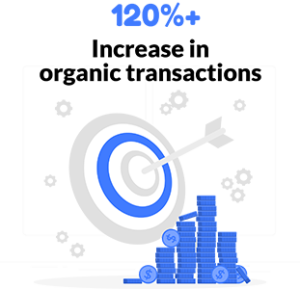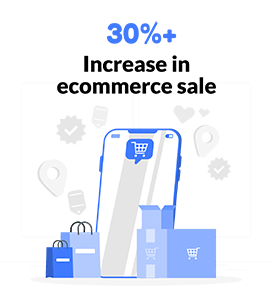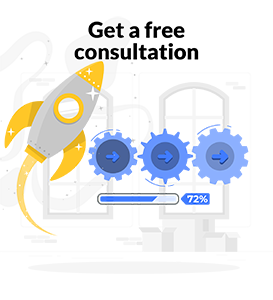Why Aren’t My Google Ads Converting?
Are you running
Google Ads but not seeing the conversions you expected? It can be incredibly frustrating to invest time and money into a PPC campaign only to see it fail. In this article, we will discuss the most common issues that can prevent your Google Ads from converting and provide solutions on how to fix them. We’ll discuss common issues that can prevent your Google Ads from converting and how to fix them. Also, we’ll look at some best practices for getting your PPC campaigns off the ground and converting at a high rate. With these tips, you can make sure your Google Ads are performing as well as they should be.
Why Your Google Ads Aren't Converting and What You Can Do About It
Google Ads are a powerful tool for businesses to reach their target audience and increase conversions. However, many businesses struggle to get their Google Ads campaigns to convert. In this article, we will look at the seven most common reasons why your Google Ads aren’t converting and what you can do about it. We will explore how you can optimize your campaigns for better performance and increase conversions from your Google Ads.
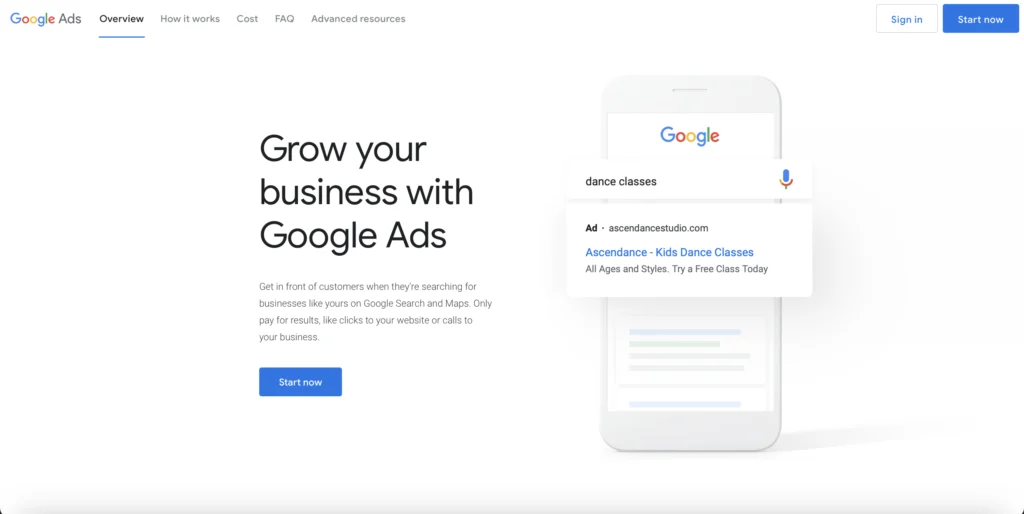
Your expectations are too high
One common issue that can prevent Google Ads from converting is having unrealistic expectations. It’s important to remember that not every click on your ad will result in a conversion and that some industries or products may have lower conversion rates than others.
If your expectations are too high, you may become discouraged when you don’t see immediate results and abandon your advertising efforts prematurely. It’s important to set realistic goals and track your progress over time.
To avoid having unrealistic expectations, start by doing research on your industry and your competitors. Look at industry benchmarks for conversion rates and use that information to set realistic goals for your own campaigns.
Your conversion tracking is broken
One issue that can prevent Google Ads from converting is broken conversion tracking. Conversion tracking is the process of measuring the actions users take on your website after clicking on your ads, such as completing a purchase, filling out a form, or making a phone call. So, it’s a critical part of understanding the effectiveness of your advertising campaigns and optimizing your performance over time.
How to fix them?
If your conversion tracking is broken, you may not be getting an accurate picture of your campaign’s performance. Here are some common issues that can cause conversion tracking to break, and some suggestions on how to fix them:
- Incorrect Code Implementation: If the tracking code is not installed correctly on your website, it may not be able to properly track conversions. Double-check that the code is installed on the correct pages and that it is functioning properly.
- Multiple Conversion Tracking Codes: If you have multiple conversion tracking codes installed on your website, they may be conflicting with each other and cause inaccurate data. Make sure you have only one conversion tracking code installed per conversion type.
- Changes to Website or Tracking Code: If you make changes to your website or tracking code, it may cause your conversion tracking to break. Make sure to test your conversion tracking after making any updates to ensure that it is still functioning properly.
- Ad Blockers or Privacy Settings: Some users may have ad blockers or privacy settings that prevent the tracking code from functioning properly. While you can’t control users’ privacy settings, you can make sure your tracking code is functioning properly and that you are using best practices to minimize the impact of ad blockers.
- Third-Party Platforms: If you’re using a third-party platform to track conversions, make sure it is properly integrated with Google Ads and functioning properly.
To fix issues with your conversion tracking, start by reviewing your code implementation and ensuring that it is installed correctly on your website. Also, you can use the Google Tag Assistant Chrome extension to check for errors and troubleshoot issues. If you’re still having trouble, reach out to Google Ads support or request a free consultation with a web us.
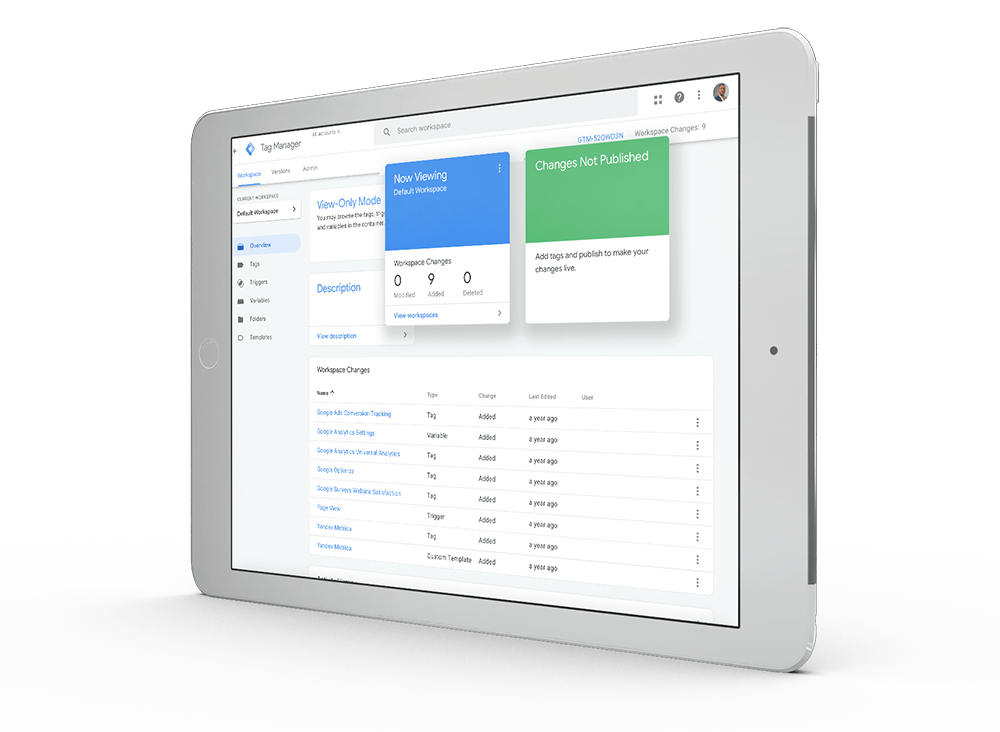
Poor Ad Copy
Your ad copy needs to be clear, concise, and compelling to entice users to click on your ads. Make sure your ads include relevant keywords and highlight the benefits of your product or service. Consider testing different ad variations to see which copy resonates best with your audience.
Unfocused Landing Pages
Your landing pages should be focused on the specific product or service being advertised. Don’t send users to a generic homepage or a page that doesn’t match the ad they clicked on. Make sure your landing pages are optimized for conversions with clear calls-to-action and a user-friendly design
Low Ad Rank & Ineffective Targeting
Your ad rank determines how high your ads appear in search results. If your ad rank is low, your ads may not be seen by as many people. To improve your ad rank, consider increasing your bids, improving your ad quality score, and targeting more specific keywords.
If you’re not targeting the right audience, your ads are unlikely to convert. Use targeting options like location, demographics, and interests to reach the people who are most likely to be interested in your product or service.
High Competition & Poor Ad Placement
If you’re in a highly competitive industry, it can be difficult to stand out from the crowd. Consider targeting long-tail keywords and creating highly specific ad groups to reach niche audiences.
Where your ads are placed on the search results page can impact their performance. So, consider adjusting your bids to improve your ad position, or using bid adjustments to target specific devices or times of day when your audience is most active.
Slow Page Load Times
If your landing pages take too long to load, users may become frustrated and leave before converting. So, try to use tools like Google PageSpeed Insights to identify and fix issues that may be slowing down your website.
Inadequate Google Ads Budget
If your budget is too low, your ads may not be seen by as many people as you’d like. So, consider increasing your budget or adjusting your targeting to reach a more specific audience.
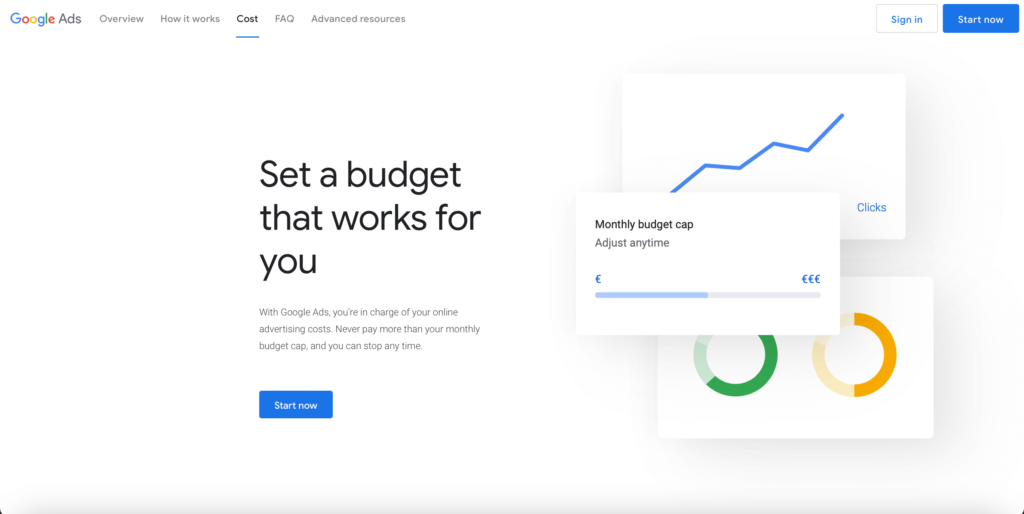
Poor Ad Testing
If you’re not regularly testing different ad variations, you may be missing out on opportunities to improve your performance. Use A/B testing to compare different ad copy, landing pages, and targeting options to see what works best for your audience.
How to improve my Google Ads conversion?
By taking a data-driven and iterative approach to optimizing your Google Ads campaigns, you can increase your conversion rates, improve your return on investment, and achieve your business goals over time. It may take some time and effort to see results, but with persistence and a willingness to learn and adapt, you can build successful advertising campaigns that deliver measurable results for your business. If you’re looking to drive more conversions and grow your business, make sure to request a free consultation.
Curious about the ins and outs of digital marketing?
Subscribe to our email newsletter for the latest digital marketing insights, and also make sure to read our blogs. See you next time!
